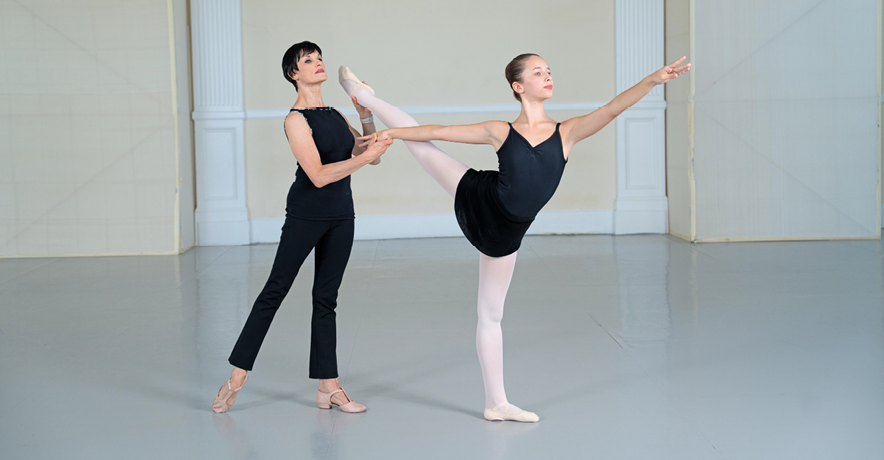Mastering Développé With Alexandra Koltun
One of the most beautiful foundational steps in ballet is développé. Whether at barre or in center, a well-performed développé can be just as impressive as multiple pirouettes or a beautiful jump.
Master teacher Alexandra Koltun, a former Mariinsky Ballet soloist and Boston Ballet principal, is the co-founder of Koltun Ballet Boston with her husband, Alex Lapshin. Here, she shares her tips on how to perform an elegant développé at barre and in center.
Shaping the Foot and Engaging the Working Leg
The movement should begin by shaping the foot as it lifts from the floor, Koltun says. “The position of the foot is so important. It is almost like a paintbrush.” Koltun notes that a pulled-up supporting leg is necessary for stability and good balance. Think of creating a smooth brushstroke up to your knee before lengthening the leg out into extension.
Koltun emphasizes accuracy in the movement. “From fifth position, initiate the movement with the foot and toes as they draw up the leg. It’s a beautiful quality of movement,” she says. Focus on keeping the heel aligned so that the foot doesn’t sickle inwards. Your foot should peel off the floor into the cou-de-pied position, before lifting to the knee and extending out into position.
As you extend the leg into the développé, remember to engage your turnout from the hip and to lead with the heel. “The heel demonstrates développé,” Koltun says. Be aware of the muscle groups you are using: Koltun says that many students tend to grip the outer thigh muscles, rather than engaging the inner and seat muscles. “You have to make sure the bottom muscles of the leg and the hip muscles are in place and as turned out as possible,” she says.
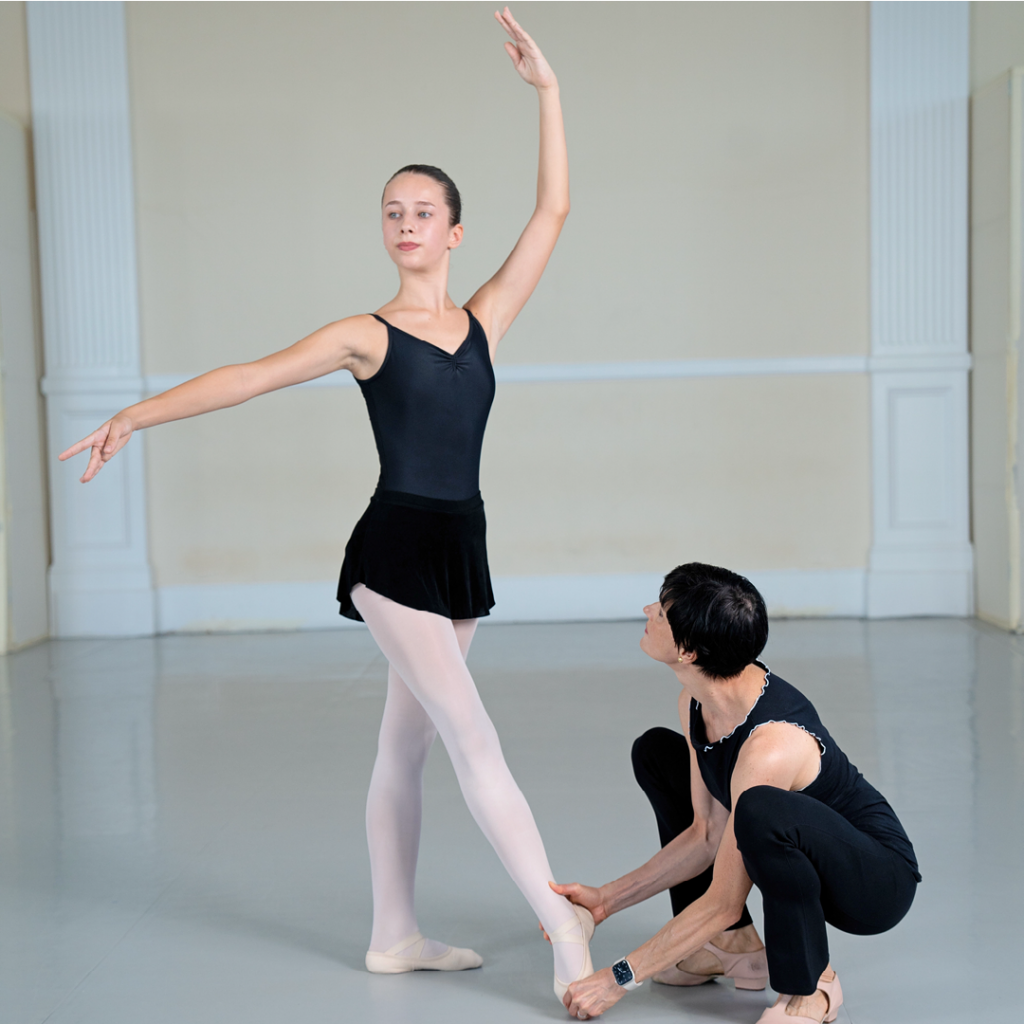
The Standing Leg
Oftentimes, dancers focus solely on the extending leg and forget about their supporting side. “The standing leg must be very strong,” Koltun says. You need to feel pulled up through your standing side so that your knee doesn’t bend or give in. “The supporting heel needs to be as turned out as possible,” she says. “But you cannot lose the opposite side of the ribs.”
Épaulement and the Upper Body
While a développé may seem beautiful because of a high extension or beautifully arched foot, the upper body helps create the line and is equally important. Your arms should arrive in position at the same time as your leg (rather than following or echoing). At the barre, Koltun asks dancers to use specific épaulement in each direction of the body.
When performing développés in different directions, shift your body accordingly. “To the front, you shift the body slightly back, but you cannot let go with the hips.” With the hips aligned, the dancer can feel a slight tilt with the upper body. This will help create an elegant line in the upper body as well as help you shift your weight as you extend the leg.
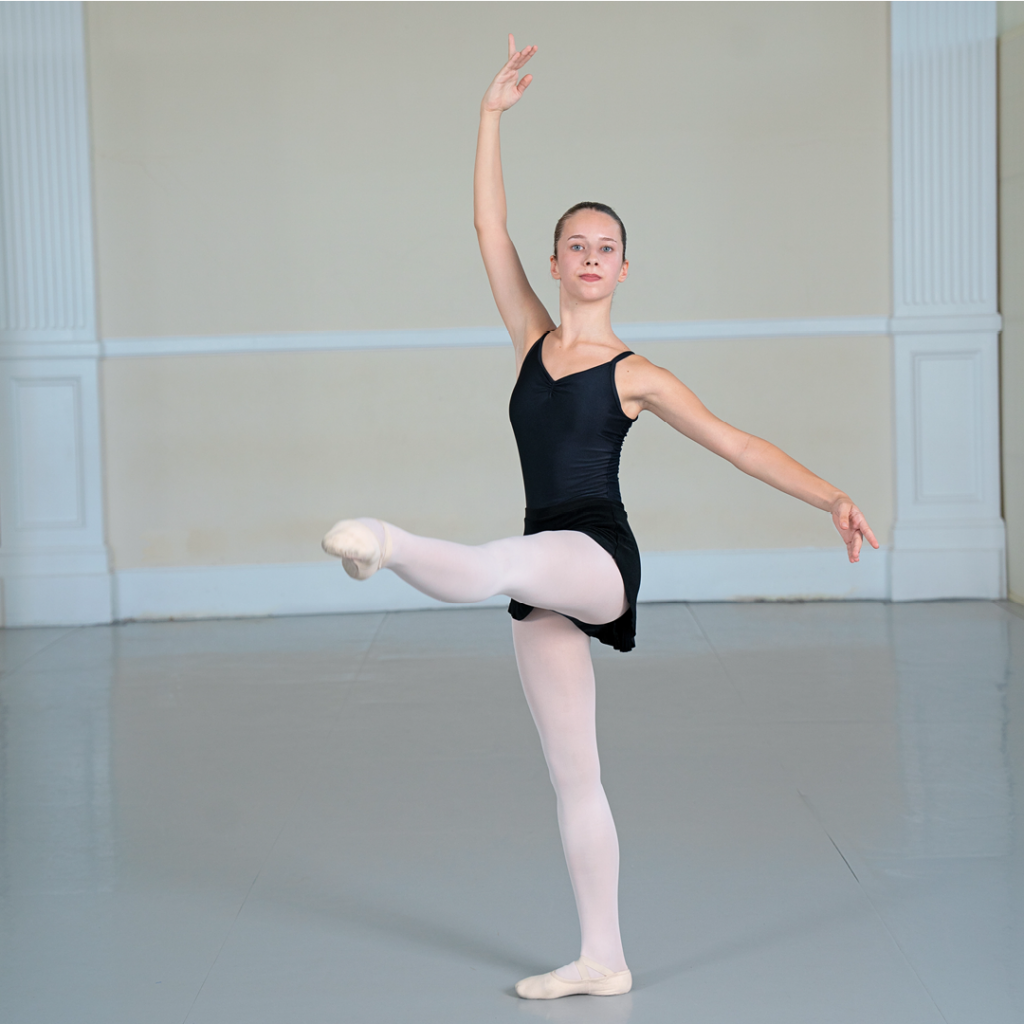
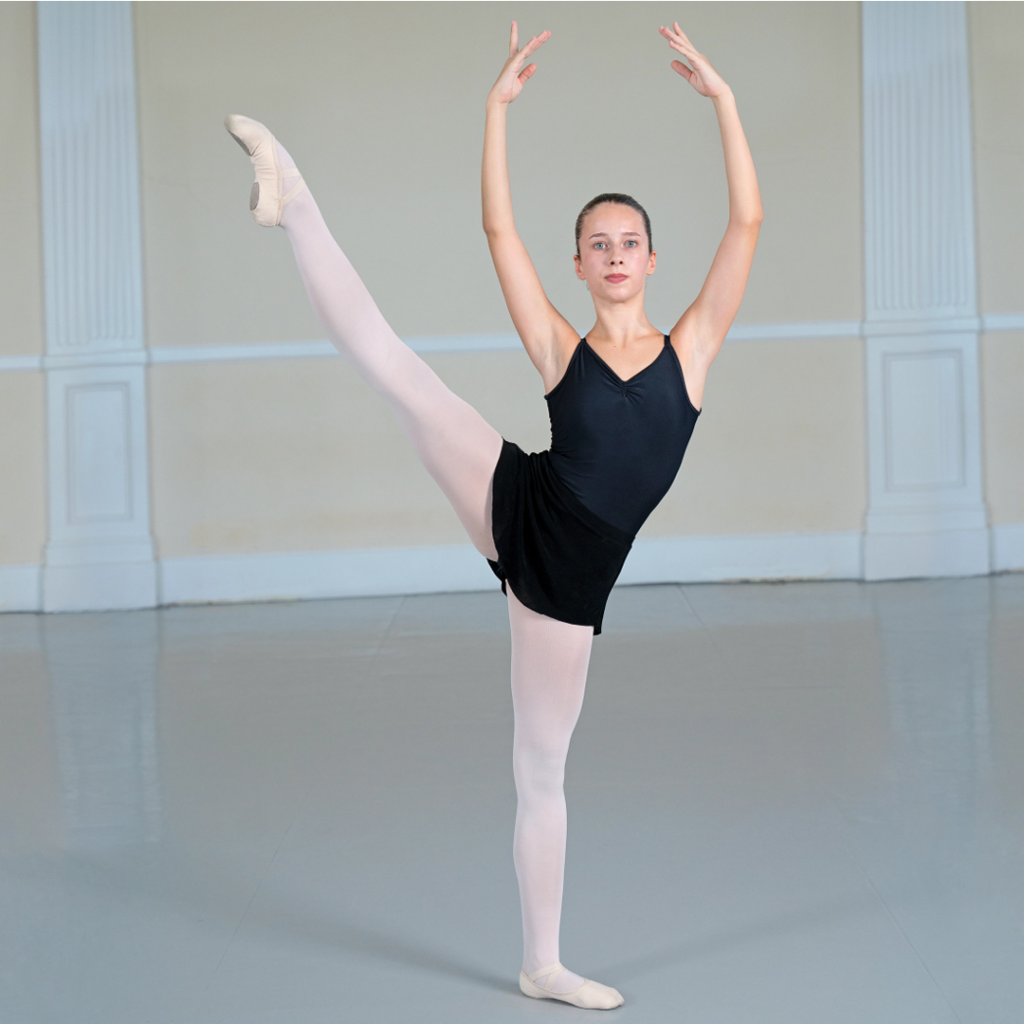
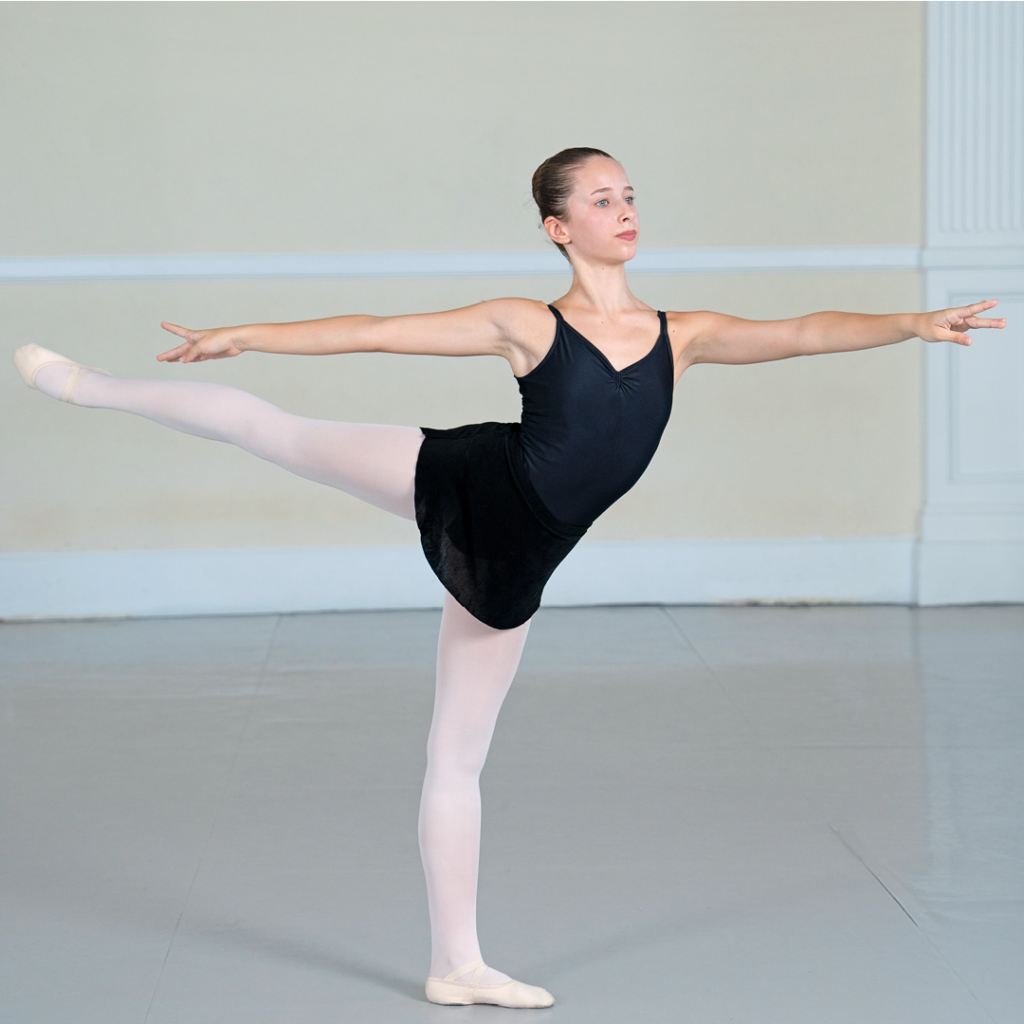
In à la seconde, “the body is absolutely straight up, like a stick,” Koltun says. In arabesque, she asks dancers to shift the body forward with the supporting heel aligned over the standing leg. It is difficult to remain perfectly square in the arabesque line, so she reminds dancers to feel the connection between the working leg and the opposite shoulder.
While à la seconde and écarté may seem similar in nature, remember your épaulement in the écarté line. Many dancers struggle to achieve a beautiful écarté position, so focus on lifting your head and upper body, almost as if you are opening your heart to an audience.
Watch Out for These Common Mistakes
- Hiking the working hip up as you extend the leg front and back to achieve a higher extension. “You can have a gorgeous arabesque with absolutely 90 degrees—it is super-beautiful,” Koltun says. Placement is more important than the height of the leg.
- Allowing your shoulders or hips to twist or splay open. Make sure you maintain your placement and posture as the leg développés in each direction.
- Sitting into your standing heel rather than shifting the weight evenly over the supporting side. Feel your body weight evenly distributed through the foot to maintain your alignment.
